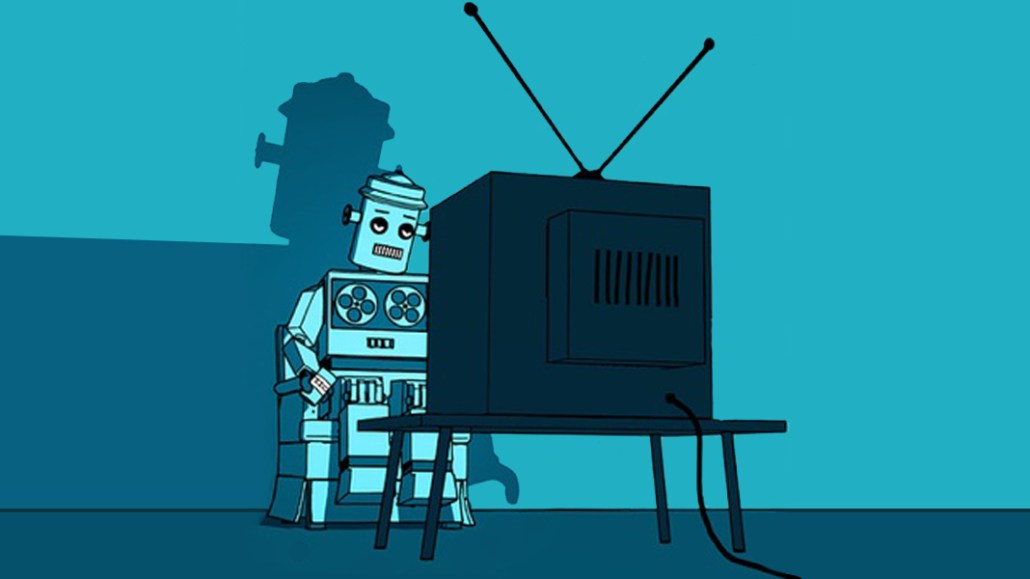Connect with execs from The New York Times, TIME, Dotdash Meredith and many more

Ad tech linguistics change about as frequently as Donald Trump’s advisers, which confuses people trying to understand the nascent field of advanced TV.
“The majority of the folks in the industry do not understand the terms very well,” said Dave Morgan, CEO of Simulmedia, a TV ad-targeting firm. “The specialists understand them. But I think a lot of people try to connect themselves to terms that don’t fit very well because [the buzzwords] are hot.”
Programmatic TV, addressable TV and connected TV are regularly used interchangeably, even though each word refers to specific aspects within the umbrella category of advanced TV. Here’s a guide to what these terms mean.
Programmatic TV
While programmatic TV is often used as a catch-all phrase for any TV initiative that’s data-driven, the way it is used by advanced-TV specialists is usually more specific.
Programmatic TV is where advertisers use demand-side platforms to automate the buying of TV inventory, said Stacy Daft, gm of enterprise business development at video ad firm Videology. The idea is that automating TV ad buying will make ad buying more efficient. Since DSPs have audience data, these platforms can help advertisers target specific categories of users, which brings us to our next buzzword.
Addressable TV
Essentially, addressable TV involves delivering different ads to different people who are watching the same show. Addressable TV ads are delivered through set-top boxes from multichannel video programming distributors, and they bring TV ads more in line with the types of ad targeting that are seen online, said Todd Gordon, Adobe’s programmatic TV director.
Another similar term that’s gaining popularity is “audience-based TV.” Instead of relying on traditional measurement firms like Nielsen, audience-based buyers use digital data from data-management platforms to target TV viewers.
Connected TV
Connected TV and over-the-top streaming are often used as synonyms. But some would argue that connected TV only includes TVs, while OTT can include streaming through computers.
Regardless, a connected TV is a TV screen linked to the internet to stream video. Smart TVs are an example of this since they can connect to the internet and allow users to browse apps on their TVs. But even ordinary TVs fall into this bucket when users hook up their screens to Rokus, Google Chromecasts, Blu-ray players or video game consoles that bring the internet to their TV screens, Daft said.
“We have this weird soup of different permutations of the content, delivery mechanism and the device,” Morgan said. “It makes it very difficult linguistically, which makes it difficult when you get into the ad purchase model.”
More in Marketing

WTF is ‘Google Zero’?
The era of “Google Zero” — industry shorthand for a world where Google keeps users inside its own walls — is here.

The next browser wars are here — and AI wants the ad dollars too
Perplexity and OpenAI are getting ready to take on Google’s Chrome, but will need a solid ad business to keep their browsers ticking along.

Vista Equity Partners’ TripleLift implements ‘significant’ layoffs
The latest round of layoffs is understood to have impacted all departments at the SSP across multiple geographies.








